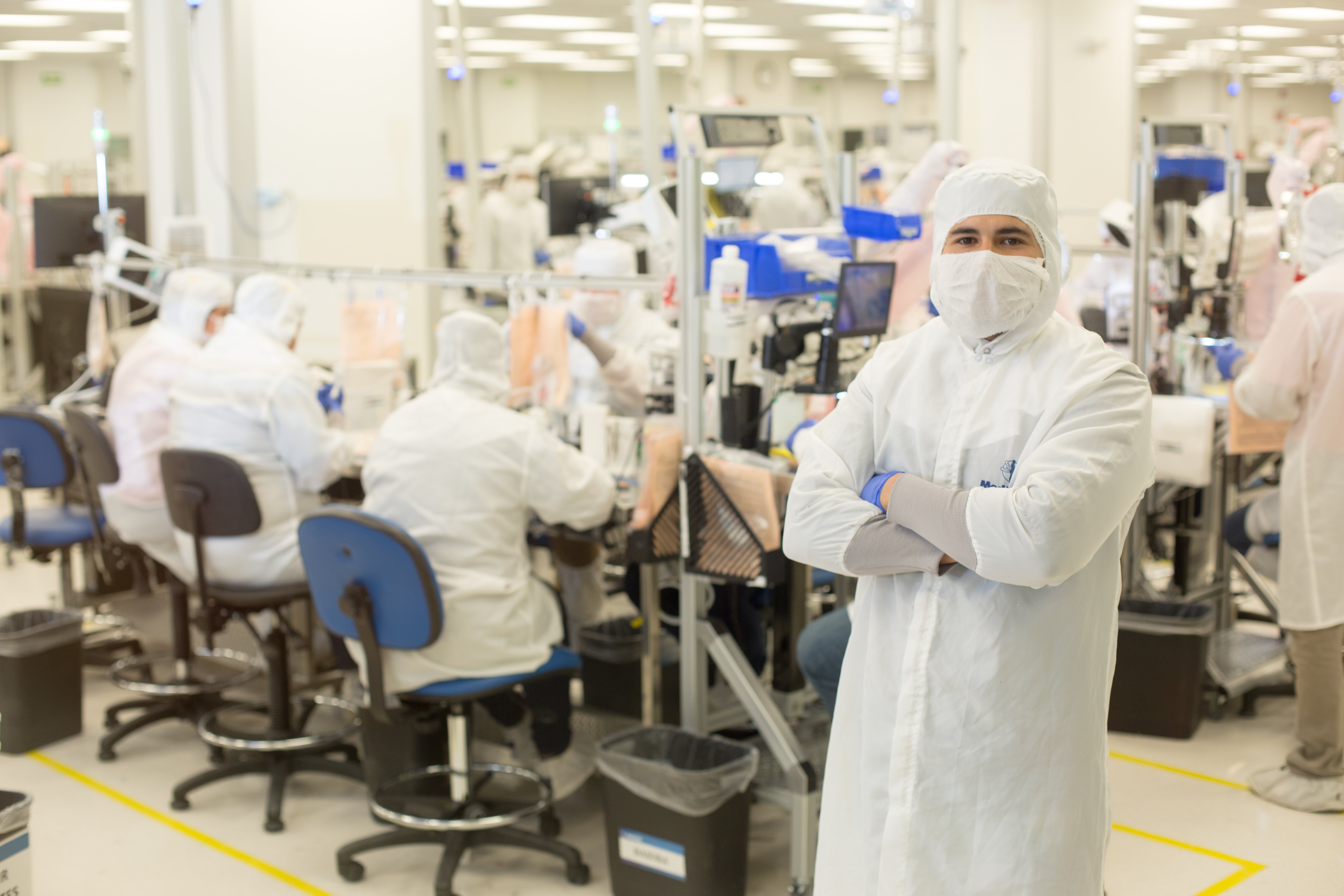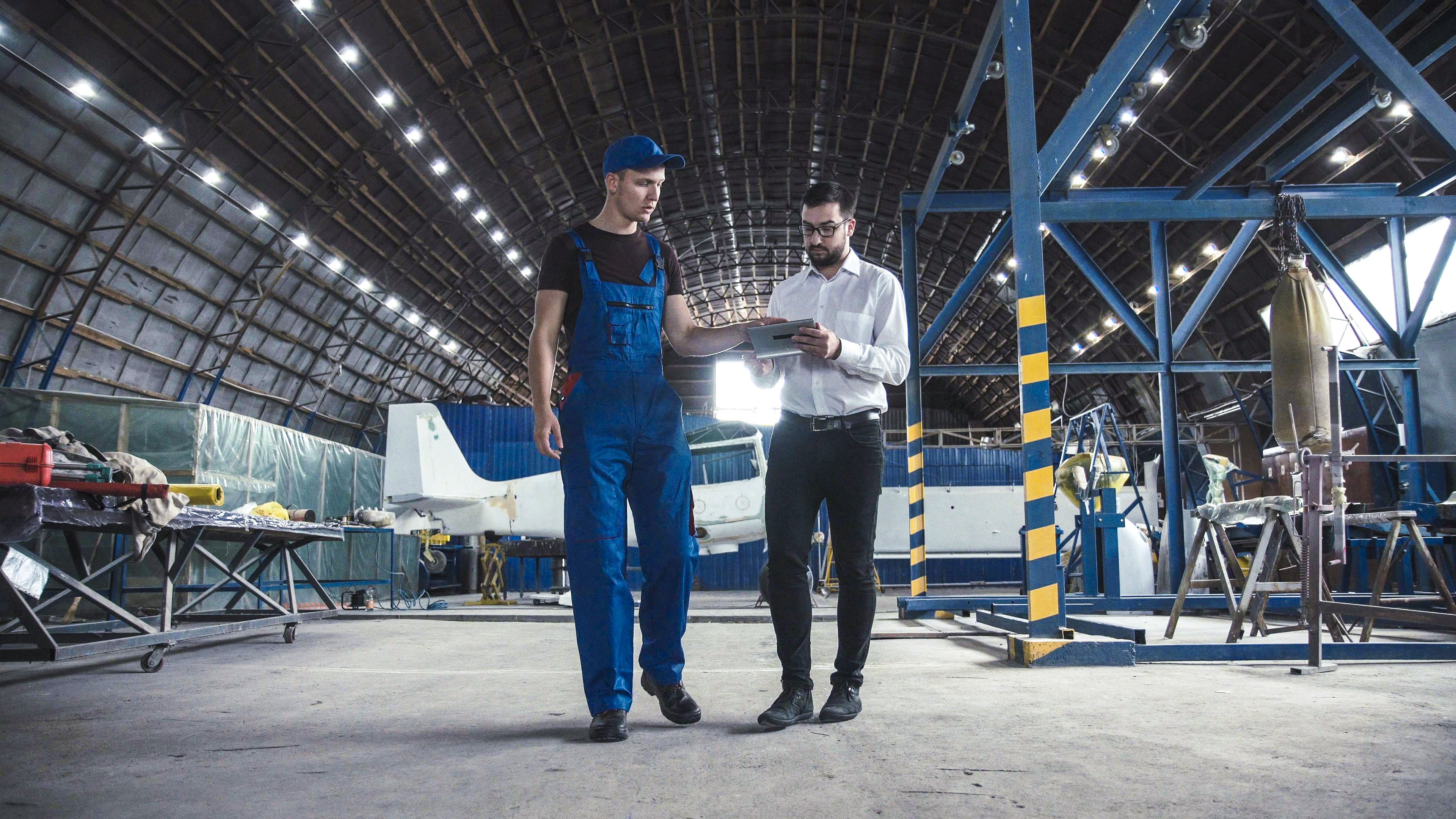In the realm of international manufacturing, Mexico emerges as a strategic hub for medical equipment production, driven by its skilled workforce and favorable geographical positioning. With medical device manufacturing constituting a significant portion of its exports, Mexico has established robust regulatory frameworks overseen by COFEPRIS to ensure quality and compliance with international standards.
From stringent guidelines outlined in the General Health Law to the implementation of NOM standards for good manufacturing practices, Mexico offers a structured approach for manufacturers aiming to penetrate its market. However, navigating these regulations can be intricate, requiring expert guidance.
Partnering with a shelter service provider like Tetakawi streamlines the regulatory process, offering manufacturers invaluable support and insights to facilitate a seamless transition into the Mexican market. As companies venture into the realm of international manufacturing, leveraging the expertise of established entities becomes paramount for success in this burgeoning industry.
Medical device manufacturing industry in Mexico
There are several reasons that Mexico has become a leading supplier of medical devices. The country has a robust network of manufacturer-led and technical training institutions that have developed a workforce skilled in undertaking highly complex manufacturing activities. Most of these medical devices must be manufactured by hand, a skillset easily found among a labor force used to completing multiple-part assembly processes. And, of course, this skillset is found at more competitive wages than those paid in the United States or other high-skill manufacturing countries.
However, location has also played a role in Mexico’s growth as a medical device manufacturer. While Mexico’s location across the border from its largest trading partner is a leading advantage, it becomes even more beneficial when considering that one of the largest U.S. medical markets is San Diego, about 20 miles from the booming medical device manufacturing industry in Tijuana. This medical manufacturing expertise has extended and can be found in Chihuahua, Coahuila, Nuevo León, Jalisco, Sonora, and Tamaulipas.
As this industry has grown, so too have the regulations surrounding it to ensure that end-users are getting the quality they need.
Regulatory framework governing medical devices in Mexico
Mexico’s General Health Law (Ley General de Salud) sets out the framework for regulating the import and export of medical devices, drugs, and other biological products. Through this law, COFEPRIS is charged with regulating medical devices that diagnose and prevent diseases and support treatment.
Companies manufacturing medical devices to sell in Mexico must file an operation notice with COFEPRIS. Under the General Health Law, COFEPRIS has 60 working days to review this application. The regulatory authority ensures that manufacturers are following all applicable standards (in Mexico, NOMs).
Medical devices manufactured in Mexico must be registered through COFEPRIS by a Mexican legal entity. That entity serves as the main point of contact for applications, product registration, or any issues that may arise with the medical device.
COFEPRIS also regulates the importation and marketing, and sale of medical devices in Mexico, so it is essential to understand these regulations should the manufacturer opt to sell into the local market in addition to exporting materials. Imports require a COFEPRIS-issued Sanitary Authorization, a permit that includes detailed information about the incoming shipment. Companies looking to sell their product in Mexico will also need to obtain a marketing authorization.
Establishing good manufacturing practices
NOM-241-SSA1-2012 lays out good manufacturing practices for organizations that manufacture medical devices. It sets requirements for every step from the design of the installation through packaging and distribution. Among other requirements is that manufacturers must implement, document, and maintain a quality management system. To some degree, operational processes are defined by the standard depending upon the class of medical device being produced. The standard establishes three classes:
- Class I: those medical devices proven to be safe and generally not introduced into the body.
- Class II: devices that are known in medical practice but may have variations in the material with which they are made and, generally, are introduced into the body for less than thirty days.
- Class III: new or recently accepted medical devices or those that are introduced into the body and remain in it for more than thirty days.
Manufacturers that have a Good Manufacturing Practice Certificate issued by an authorized international health authority, such as the FDA in the United States; Health Canada; or the Ministry of Health, Labor and Welfare of Japan, are able to expedite this process through the equivalency review process. This prior regulatory approval demands much less detail and paperwork and can shorten the process.
How to label compliant medical devices
NOM-137-SSA1-2008 lays out requirements for labeling medical devices. It requires that the label on these devices include the generic and specific names of the device, its country of origin, the sanitary registration number, expiration date, and serial or lot number. If a third-party holds the sanitary registration, their name must also be included on the label. The label should also include the device contents, instructions for use, and potential side effects.
Perhaps most importantly, the information specified on the label must be in Spanish, legible and understandable. Additional languages can also be included on the label, so long as it is “up to the same size” as the Spanish text.
Move more easily through regulatory process
Medical device manufacturers expanding into Mexico from another country are already likely to have best practices and quality control processes in place. However, the nuances of ensuring those processes comply with Mexican federal law can be complicated. This is one area where it helps to have support from an experienced partner. By working under the umbrella of a shelter service provider, companies can move quickly through the regulatory process with the benefit of your shelter company’s experience in this area.
Tetakawi has decades of experience in supporting manufacturers in navigating regulatory requirements from start-up and beyond. If you’re ready to expand your medical device manufacturing into Mexico with a partner who can help, contact us today.
Subscribe
Sign up and stay informed with tips, updates, and best practices for manufacturing in Mexico.







